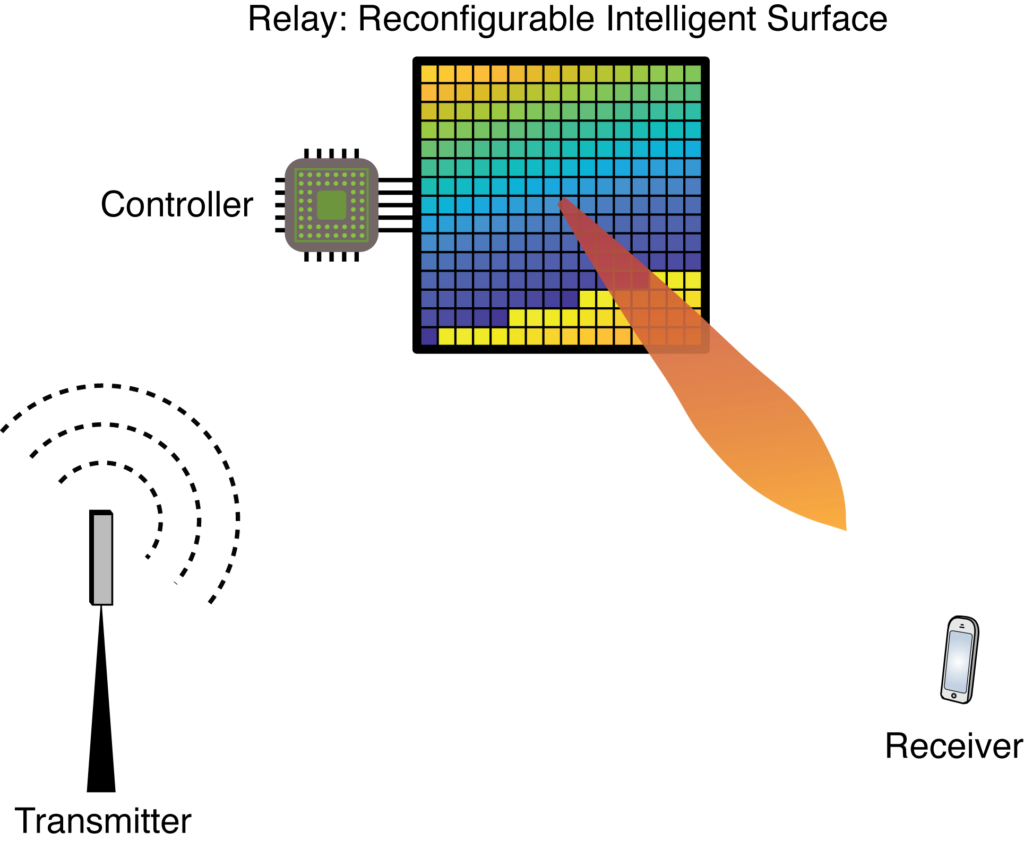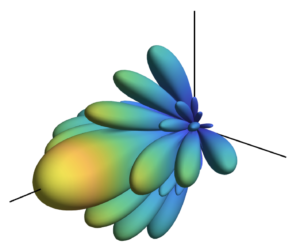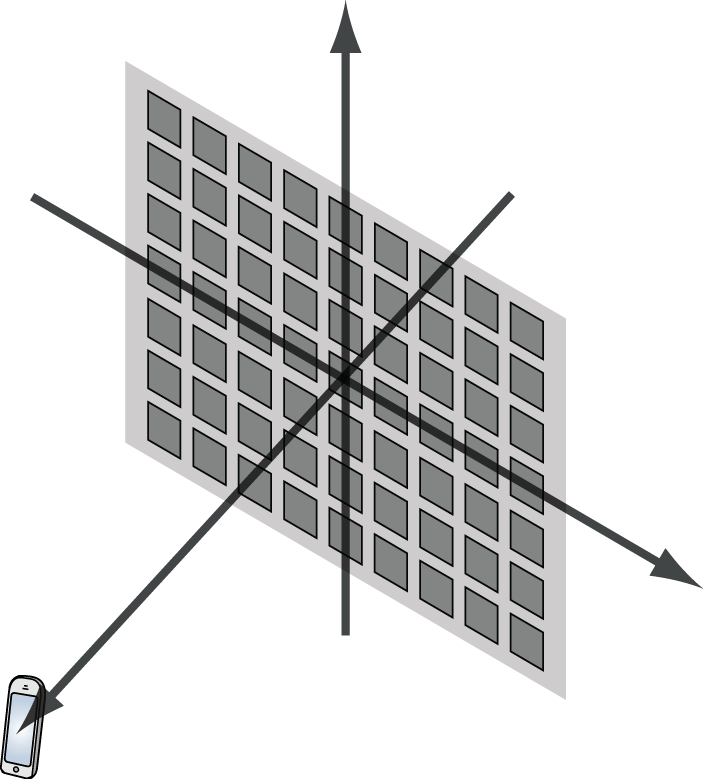When I started my research career in 2007, relaying was a very popular topic. It was part of the broader area of cooperative communications, where the communication between the transmitter and the receiver is aided by other nodes that are located in between. This could be anything between a transparent relay that retransmits the signal that reaches it after amplification in the analog domain (so-called amplify-and-forward), to a regenerative relay to processes and optimizes the signal in the digital baseband before retransmission.
There is a large number of different relaying protocols and information theory that underpins the technology. Relaying is supported by many wireless standards but has not become a major commercial success, possibly because the deployment of “pico-cells” is more attractive to network operators looking for improved local-area coverage.
Is relaying is a technology whose time has come?
A resurrection of the relaying topic can be observed in the beyond 5G era. Many researchers are considering a particular kind of relays being called a reconfigurable intelligent surface (RIS), intelligent reflecting surface, or software-controlled metasurface. Despite the different names and repeated claims of RIS being something fundamentally new, it is clearly a relaying technology. An RIS is a node that receives the signal from the transmitter and then re-radiates it with controllable time-delays. An RIS consists of many small elements that can be assigned different time-delays and thereby synthesize the scattering behavior of an arbitrarily-shaped object of the same size. This feature can, for instance, be used to beamform the signal towards the receiver as shown in the figure below.

Using the conventional terminology, an RIS is a full-duplex transparent relay since the signals are processed in the analog domain and the surface can receive and re-transmit waves simultaneously. The protocol resembles classical amplify-and-forward, except that the signals are not amplified. The main idea is instead to have a very large surface area so it can then capture an unusually large fraction of the signal power and use the large aperture to re-radiate narrow beams.
Conventional full-duplex relays suffer from loop-back interference, where the amplified signals leak into the yet-to-be-amplified signals in the relay. This issue is avoided in the RIS technology but is replaced by several other fundamental research challenges. In our new paper “Reconfigurable Intelligent Surfaces: Three Myths and Two Critical Questions“, we are pointing out the two most burning research questions that must be answered. We are also debunking three myths surrounding the RIS, whereof one is related to relaying.
I have also recorded a YouTube video explaining the fundamentals:


